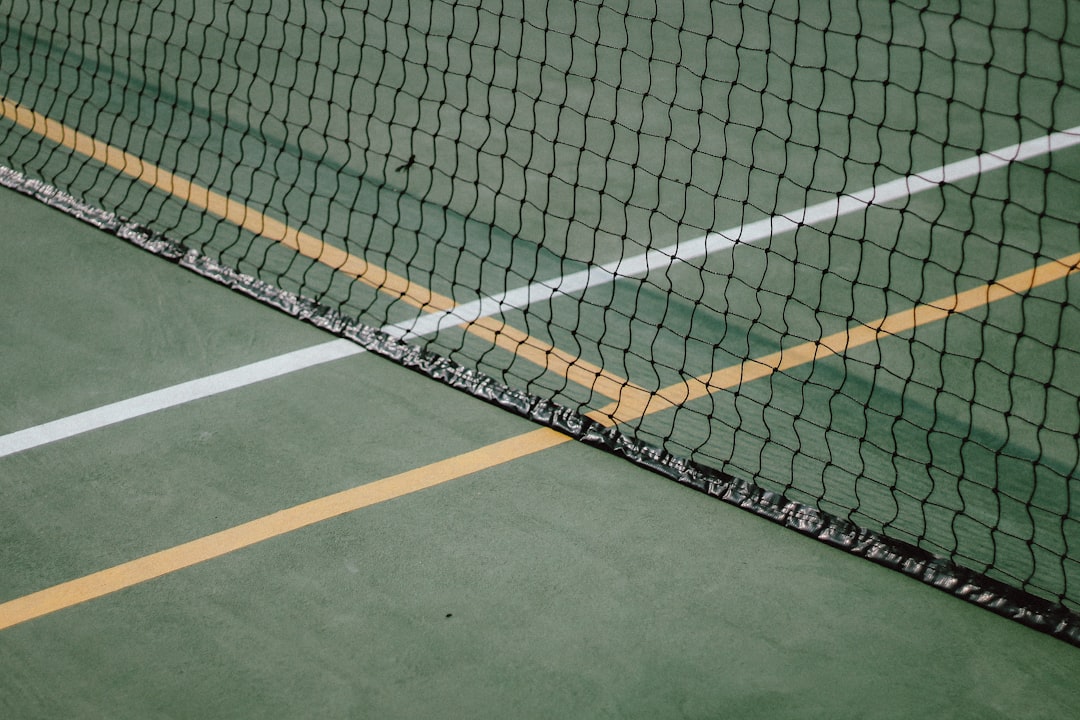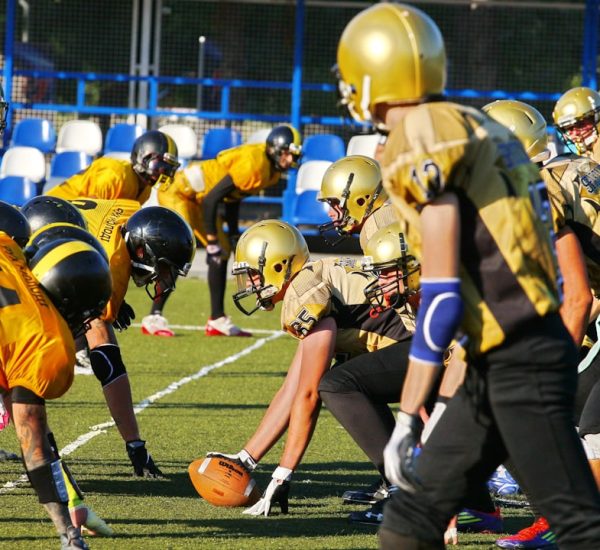Table tennis, often referred to as ping-pong, is a sport of speed, precision, and razor-sharp focus. Played across the globe both recreationally and competitively, it’s a challenging game requiring not only physical dexterity but also a solid understanding of the rules. One commonly asked question about the game is: Can you hit the net in table tennis? This article explores the nuances of net-related rules and how they affect gameplay.
TLDR (Too Long; Didn’t Read):
Yes, a player can hit the net in table tennis, but it depends on context. During a serve, if the ball touches the net but lands in the proper service box, it’s called a “let” and is replayed. During a rally, if the ball clips the net and still lands legally on the opponent’s side, the point continues. However, touching the net with your body, paddle, or clothing is a fault.
The Role of the Net in Table Tennis
The net in table tennis defines the boundaries of fair play. It stands 15.25 cm high and stretches across the full width of the table at the center. Understanding how the net influences rules during rallies and serves is crucial to mastering the game.
Hitting the Net During a Serve
When serving in table tennis, a primary rule is that the ball must first bounce on the server’s side and then land on the opponent’s side. If the ball hits the net but still lands correctly on the opponent’s side, this is called a let serve.
- Let Serve: The point is neither awarded nor lost. The serve is replayed without penalty.
- Fault Serve: If the ball hits the net and does not land on the receiver’s side, it’s a fault, and the server loses the point.
This rule ensures fairness because the net’s touch could significantly alter the ball’s speed or trajectory.

Hitting the Net During a Rally
During a rally, the rules become slightly different. If the ball touches the net and still crosses over to the opponent’s side within the legal boundaries, the rally continues as usual. The net is treated as part of the game’s natural obstacles.
- Legal Net Shot: A shot that clips the net and lands legally is perfectly valid.
- Fault: If the ball hits the net and doesn’t make it to the opponent’s side, the player loses the point.
Interestingly, net hits are often unintentional and difficult for the receiver to return due to their unpredictable path. However, such points are still considered legitimate.
Touching the Net with the Paddle or Body
While the ball may legally touch the net under certain conditions, players themselves cannot touch the net or its supports during active play. This includes any part of their body, paddle, or even clothing.
According to the ITTF (International Table Tennis Federation) rules:
- If a player touches the net: They lose the point immediately.
- If the paddle passes over the net: This is allowed, as long as the paddle does not touch the net and the ball was struck from the player’s side.
This maintains the integrity of the playing area and avoids situations where one could gain an unfair advantage.
Net Height and Setup — Why It Matters
Setting up the net correctly may seem trivial, but its height and tautness can affect the outcome of certain shots. Competitive players often check the following:
- Net height: 15.25 cm all across
- Gaps: There should be none between the bottom of the net and the table surface
- Stability: The net should not move easily when grazed

Consistent net setup ensures fairness and allows players to train under standard conditions.
Special Cases Involving the Net
There are a few special scenarios where hitting the net plays a critical part in decision-making:
- Edge balls: If the ball hits the corner edge of the opponent’s side, it’s in, even if it seems to glance off without bouncing straight.
- Net and edge combo: If it touches the net and still hits the edge, it’s still a legal point.
- Lob shots and smashes: Sometimes a high lob or a powerful smash may clip the net and still land in; these are legal and often hard to return.
Training and Dealing with Net Shots
Net shots in table tennis are hard to deal with, especially if they’re unexpected. Serious players often train for these situations:
- Practicing reaction speed: Helps in adjusting to unpredictable deflections.
- Anticipating spin and angle: Improves judgment of the ball’s altered direction post-net hit.
- Mental composure: Accepting accidental net shots as part of the game avoids frustration.
Conclusion
In table tennis, hitting the net becomes an intricate part of the game’s mechanics. Whether it’s acceptable depends on whether it’s during a serve, in the middle of a rally, or due to a player’s accidental touch. Mastering how the net affects gameplay not only ensures rule compliance but also enhances a player’s tactical awareness on the court. While frustrating at times, net dribbles and clips are classic parts of the game that bring in both luck and skill.
Frequently Asked Questions (FAQ)
- Can the ball hit the net and still be in play in table tennis?
- Yes, during a rally, if the ball hits the net and lands legally on the opponent’s side, play continues.
- What is a “let” serve?
- A let serve occurs when the ball touches the net during serve and still lands in the correct service box. The serve is replayed without penalty.
- Is it legal to touch the net with your paddle?
- No, touching the net with your paddle, body, or clothing during play results in losing the point.
- Can I reach over the net with my paddle?
- Yes, as long as the ball first bounces on your side and you don’t touch the net, reaching over to return the ball is legal.
- What happens if the ball hits the net but doesn’t make it over?
- Then it’s a fault, and the player who hit the ball loses the point.



